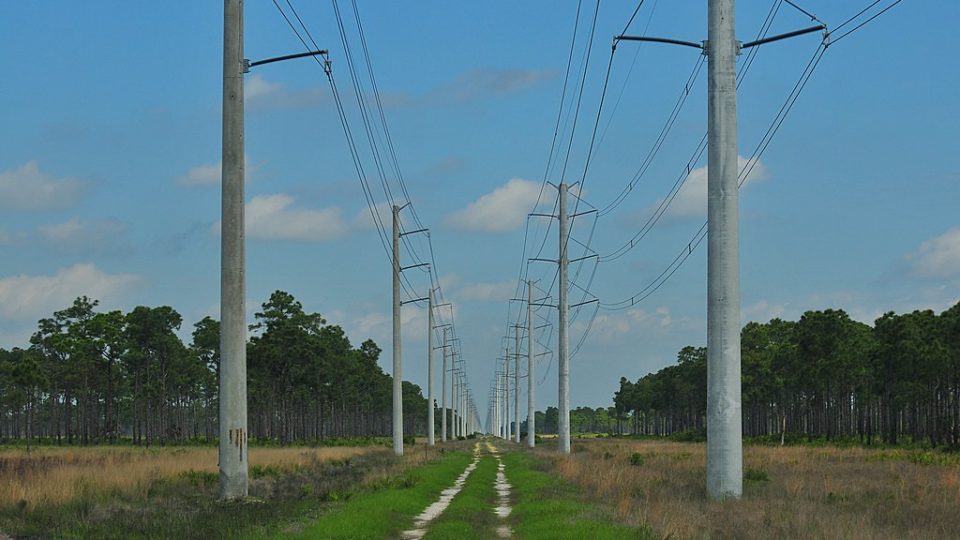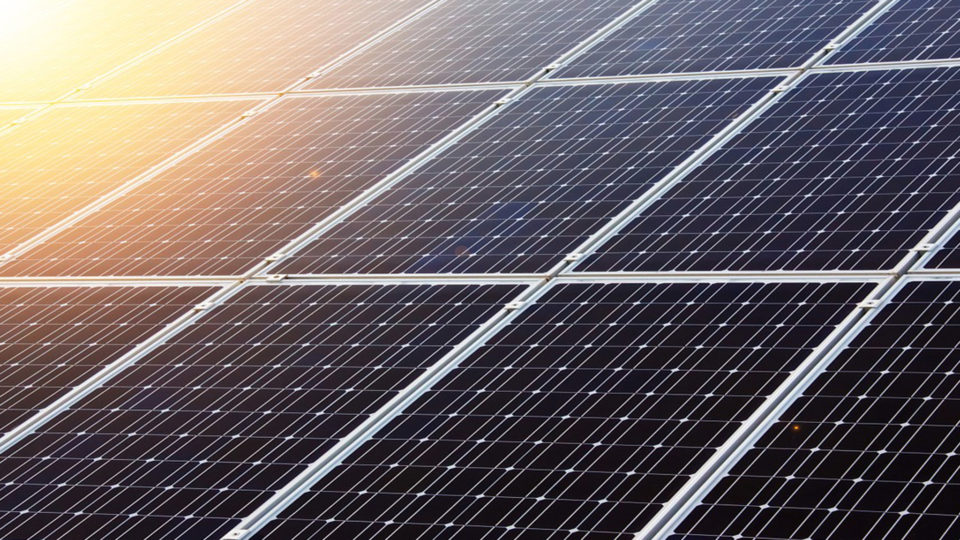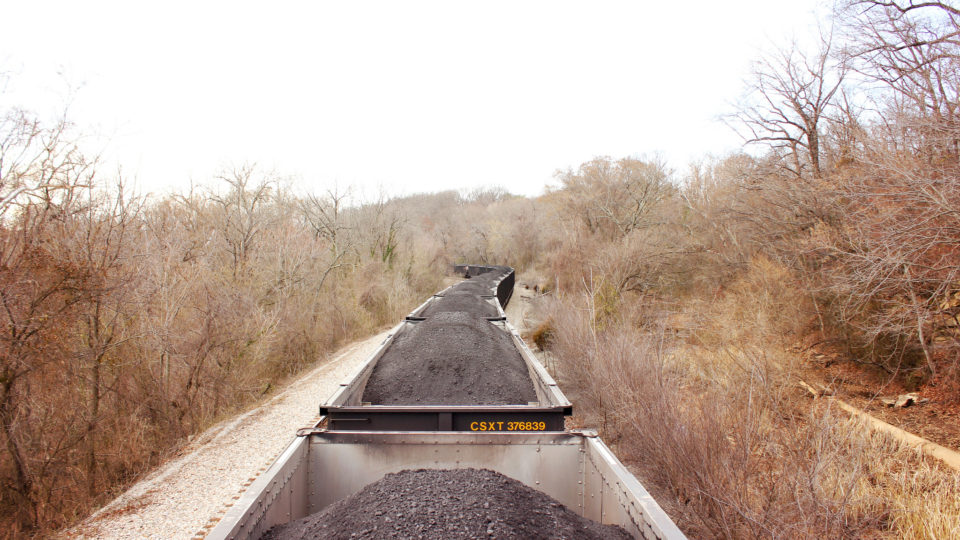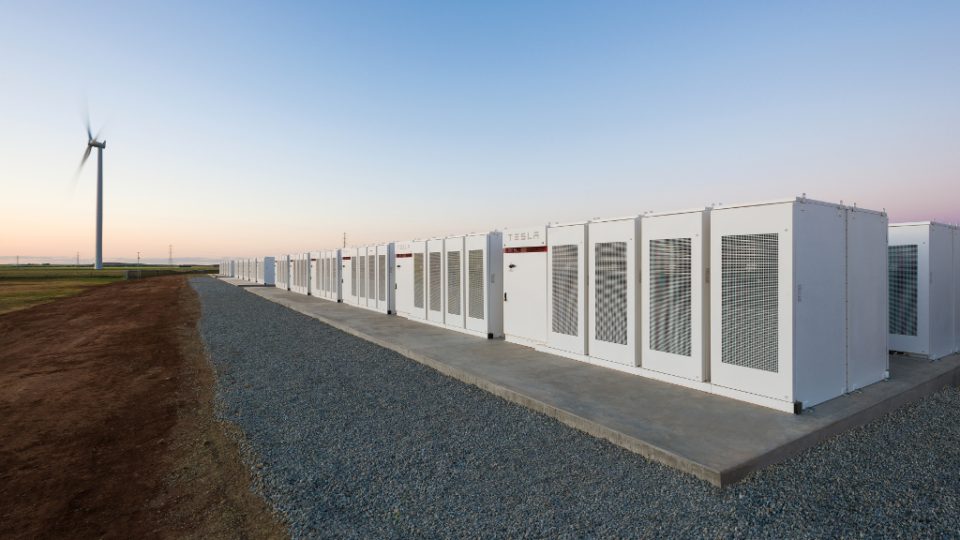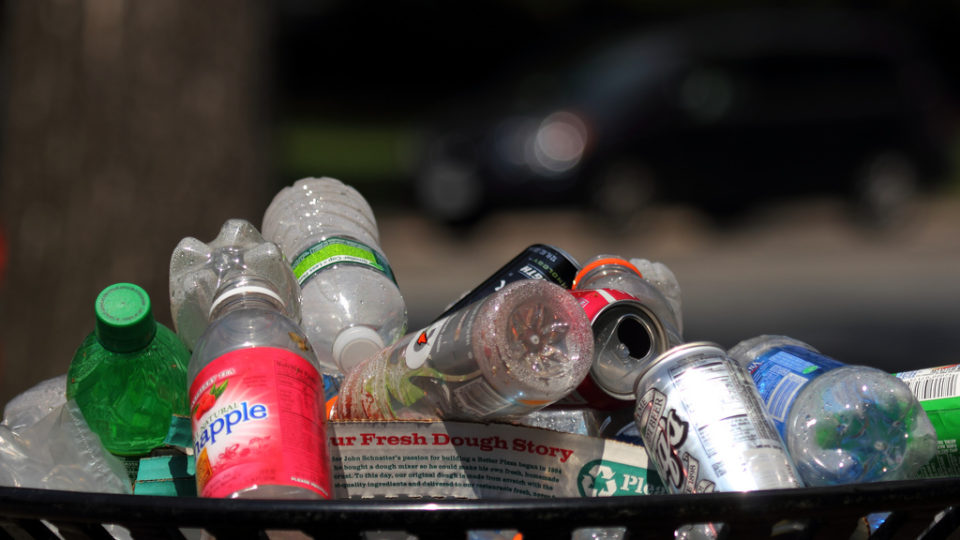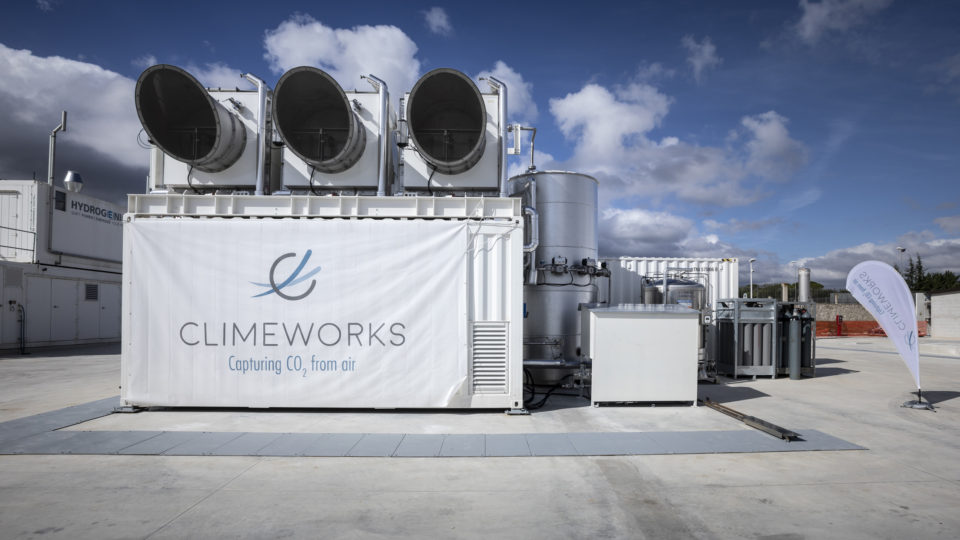Wild bees in Argentina have recently been found to be constructing nests entirely made of flimsy plastic material left on farms and scientists don’t know why.
In 2017 and 2018, researchers at Argentina’s National Agricultural Technology Institute built wooden, artificial nests for wild bees. These bee species burrow into nests to individually lay larvae rather than having a large hive with queens and workers. The artificial nests provide hollow openings that bees generally fill with cut leaves, twigs, and mud.
Sixty-three wooden nests were constructed and three were found lined entirely with plastic. The bees carefully cut bits of plastic in the shape and size of fingernails and arranged them in an overlapping pattern in their nests. The plastic seems to have come from plastic bags or films, which have a similar texture to the leaves bees ordinarily use to line their nests. And, in fact, leaves were readily available to the bees making use of plastic.
This is the first time that bees have been seen making nests entirely out of plastic, but for years scientists have known bees were incorporating plastic into their building materials. Research is needed to determine the potential impact plastic might have on bees, but the nest building shows that bees are highly adaptive to changing environments.
Plastic often forms a threat to wildlife in the form of microplastics that can be consumed. But there is no evidence that bees are consuming plastic. Some researchers have speculated that the plastic in bees’ nests may form a barrier against common nest issues like mold and parasites.
At this point, it is not clear whether it is a good thing or a bad thing that some bees are choosing plastic over natural materials, but it is certainly interesting.
**********
Web Links
Wild bees are building their homes from plastic—and scientists aren’t sure why
Photo, posted December 12, 2014, courtesy of Judy Gallagher via Flickr.
Earth Wise is a production of WAMC Northeast Public Radio.




